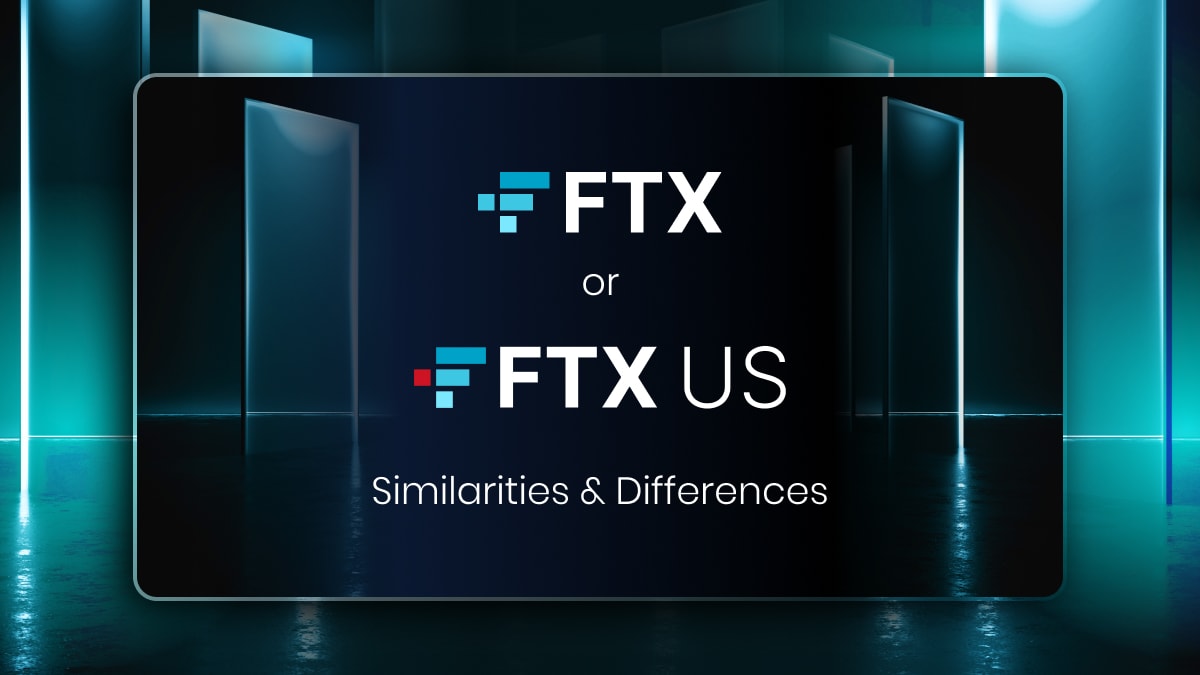The crypto industry had a tumultuous year in 2022, with coins tanking at the start of Q2 and never rallying, signalling the beginning of a crypto winter. To make matters worse, the collapse of Terra Luna and FTX led to a devastating contagion across the industry. Despite the challenges, we shouldn’t forget about the progress and achievements the industry has made. Here’s a brief recap of some of the biggest news in 2022.
Crypto’s Role in the Russia-Ukraine War (February)
During the Russia-Ukraine war, cryptocurrencies have been immensely valuable to Ukrainian refugees. Russian attacks have destroyed critical infrastructure, rendering many Ukrainians inaccessible to withdrawing money from ATM machines. Therefore, many Ukrainian refugees relied on digital currencies sent from relatives or donors abroad to purchase goods and services.
All that is needed for them to access their cryptocurrency wallets is a mobile phone and internet access, which was being provided by the thousands of Starlink satellite internet dishes provided by Elon Musk’s SpaceX at the time.
Feds Interest Rate Hike (March)
Despite Bitcoin reaching an all-time high of $69000+ in November 2021, what follows is a series of market decline. This is in part due to the U.S. Federal Reserve announcing its first interest rate hike in March to fight increasing inflation. As a result, the macro backdrop began to worsen, not only affecting crypto assets but also every other investment asset class. This also called into question Bitcoin’s reputation as an inflation hedge as Bitcoin itself started to trade in tandem with Nasdaq tech stocks, according to the New York Times.
Collapse of Terra Luna (May-July)
The collapse of the Terra Luna ecosystem in May 2022 was one of the most devastating black swan events in crypto history, wiping at least $60 billion off the market which triggered a dangerous domino effect across the industry such as the fall of several high-profile crypto firms, namely Three Arrows Capital, Voyager Digital, and Celsius Network.
Amid the crash, the UST algorithmic stablecoin, which was supposed to maintain a $1 peg via on-chain mechanisms with Terra’s native token LUNA, depegged, bottoming out at $0.006. This was caused by a massive continuous selloff on both UST and LUNA, resulting in a death spiral. Terraform Labs (TFL) developers and founder Do Kwon are facing multiple investigations as well as lawsuits into its collapse. (Canadian Pharmacy) As of now, South Korean authorities and Interpol have issued a warrant for the search and arrest of Do Kwon and his accomplices.
Recovery Plan of Terra Luna Classic (August)
As of now, the Luna Classic blockchain is managed and governed by the community after Terraform Labs (TFL) developers abandoned the chain in support of Luna 2.0. On August 26th 2022, governance was restored as citizens of Luna Classic could delegate, stake, and vote for the future of the ecosystem. Proposals and the associated implementations are being passed by the Terra Classic Decentralized Autonomous Organization (DAO).
Feds Sanction Tornado Cash (August)
On 8th August 2022, the U.S. Treasury Department imposed sanctions against Tornado Cash, a privacy-focused Ethereum mixing service that obscures the trail back to the fund’s original source. They claimed that Lazarus Group, a cybercrime group run by the North Korean government, has been using Tornado Cash to launder illicit funds.
Moreover, one of the developers for Tornado Cash was arrested in the Netherlands. The crypto community and privacy advocates bashed Netherlands authorities as the developer was simply writing code and had nothing to do with illicit activities. Ethereum co-founder Vitalik Buterin also criticized the move as he himself used Tornado Cash to make donations to Ukraine’s cause.
Ethereum Merge (September)
On 15th September 2022 at 06:42:42 UTC at block 15537393, the Ethereum Merge was completed. This meant a merger of the Ethereum mainnet execution layer and the Beacon Chain’s consensus layer, transitioning from the proof-of-work consensus mechanism to proof-of-stake. This landmark update brings major changes to the network, including a 99.95% reduction in energy consumption and a 90% cut in ETH issuance.
This is a significant achievement in the history of blockchain, allowing the Ethereum network to scale effectively as demand for Web3 and DeFi increase. Since Ethereum is the mother of all smart contract platforms, this could put Ethereum in a position to rival Bitcoin in adoption and even value.
Downfall of FTX and Sam Bankman-Fried (November)
On 11th November 2022, former FTX CEO Sam Bankman-Fried (SBF) filed FTX, FTX US, and Alameda Research for bankruptcy in the U.S. Once hailed as one of the top crypto exchanges, the sudden collapse of FTX came as a shocking blow to the entire crypto industry, setting off yet another contagion across the space. This affected 130 affiliated companies including several high-profile firms such as BlockFi, Genesis Trading, Grayscale, KuCoin, Gemini, Coinbase, Crypto.com, Sequoia Capital, and Galaxy Digital.
Apparently, SBF was misappropriating customer funds for his own benefits without customers’ consent and knowledge, conducting unethical flywheel schemes with Alameda Research. As a result, SBF had been arrested in the Bahamas, facing many criminal charges including securities fraud, money laundering, and campaign finance law violations. However, on 22nd Decemeber 2022, the disgraced FTX founder was released on a $250 million bail.




